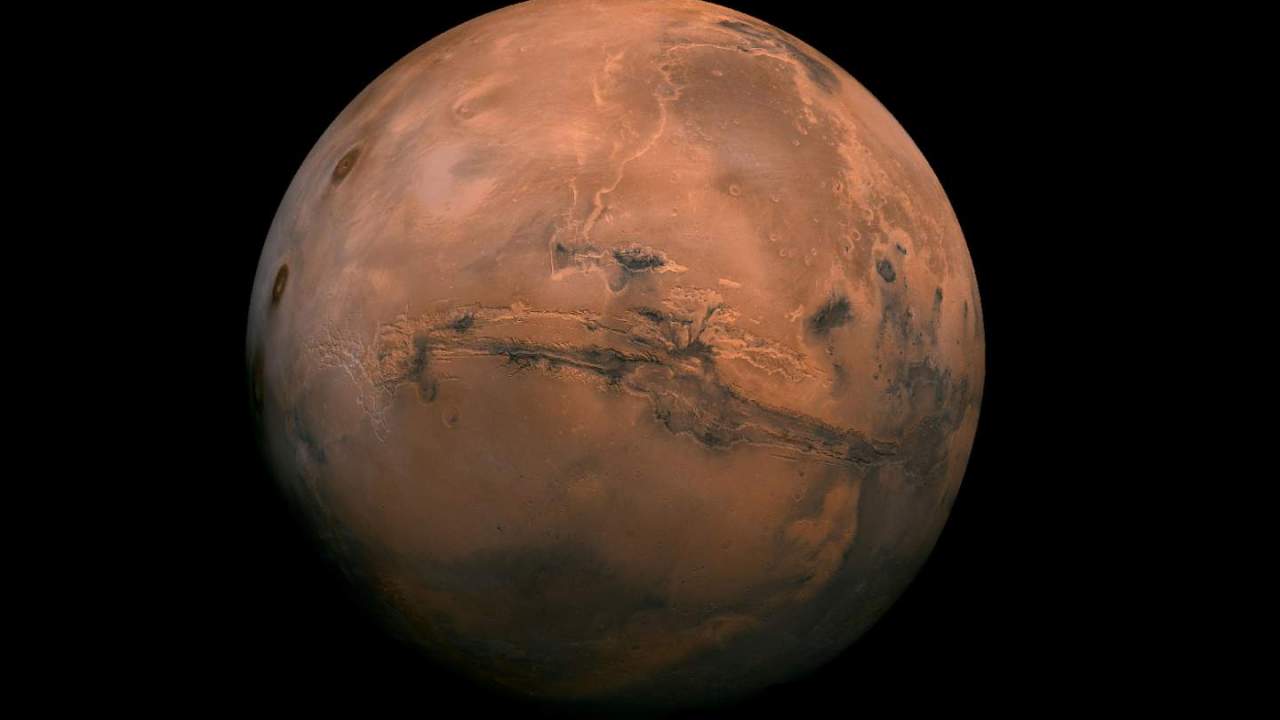The inner globes of our solar system, Mercury, Venus, Earth, and Mars, are all analogous in some ways. They’re rocky globes with a establishment face like Earth’s, and they’re much lower than the gas titans Jupiter and Saturn. But they differ in numerous ways too, in terms of their size, mass, and atmospheres. To understand the conditions on each earth, you need to know about their size and how they developed. Then’s what I ’ve learned about the conformation of Mars over my career, including canvassing scientists and masterminds working on current Mars operations.
One reason that Mars is similar a focus of study, with rovers and landers being transferred there and numerous people interested in whether humans could live there long- term, is that it’s the earth in our solar system which is most analogous to Earth. But a crucial difference between the globes is their size, with Mars being about half the size of Earth. This affects everything from the graveness to the rainfall there.
According to NASA, the compass of Mars is around country miles or kilometers. But, like Earth, Mars is n’t impeccably round. It actually bulges a little around the ambit due to its gyration.
We know that Mars formed around4.5 billion times agone. We ’re still learning about how globes formed in the early solar system, but Mars is a great place to learn about this as it has some extremely ancient jewels on its face (via Digital Trends). Unlike Earth, which is tectonically active and so recycles jewels over billions of times, Mars does n’t have monumental exertion. That means that its oldest jewels stay on its face where they’re available for study. The Perseverance rover, which is presently exploring Mars, is planning to visit some of the oldest known jewels near to the Jezero crater, which are allowed to be 4 billion times old. Studying these can help us learn further about the conformation of both Mars and the other rocky globes.
We do know that globes form from shadows of dust and gas which swirl around stars like our sun (via NASA). Before there were globes, there was a curve of dust and gas which was thicker in some places than others. Graveness acted on this curve to pull it into clumps and form the base of globes, called planetesimals. A planetesimal attracted further material because of its graveness, growing to ultimately come a earth. The size of the earth would depend on how important material was available and how lumpy the original pall of dust and gas was.


